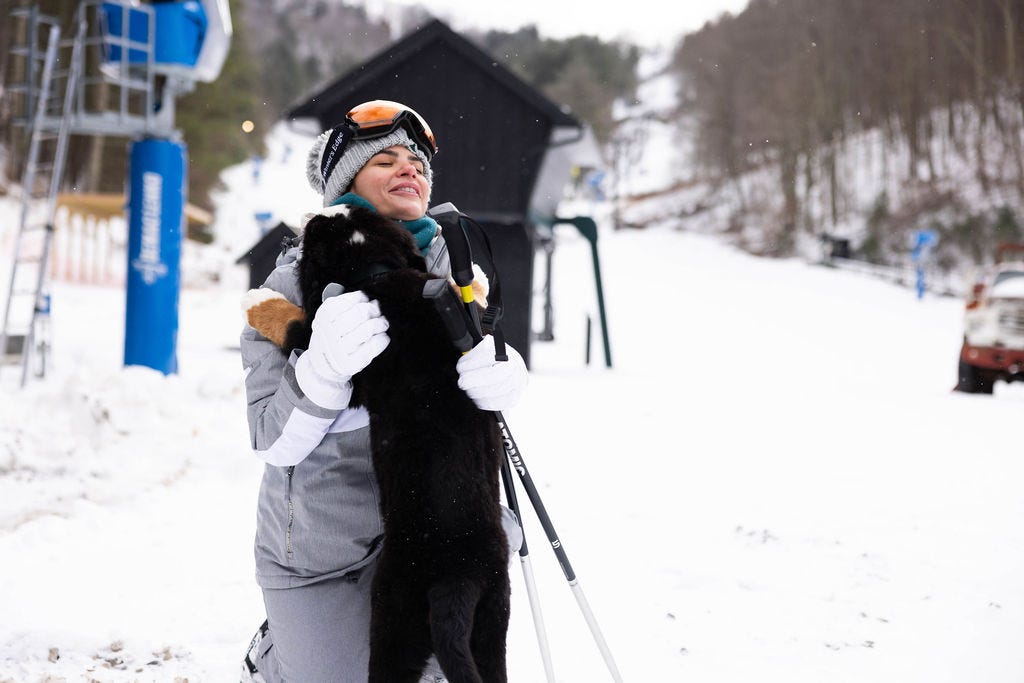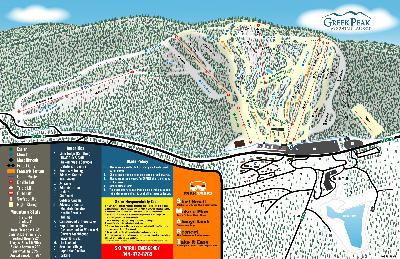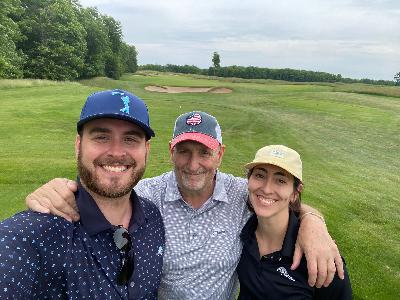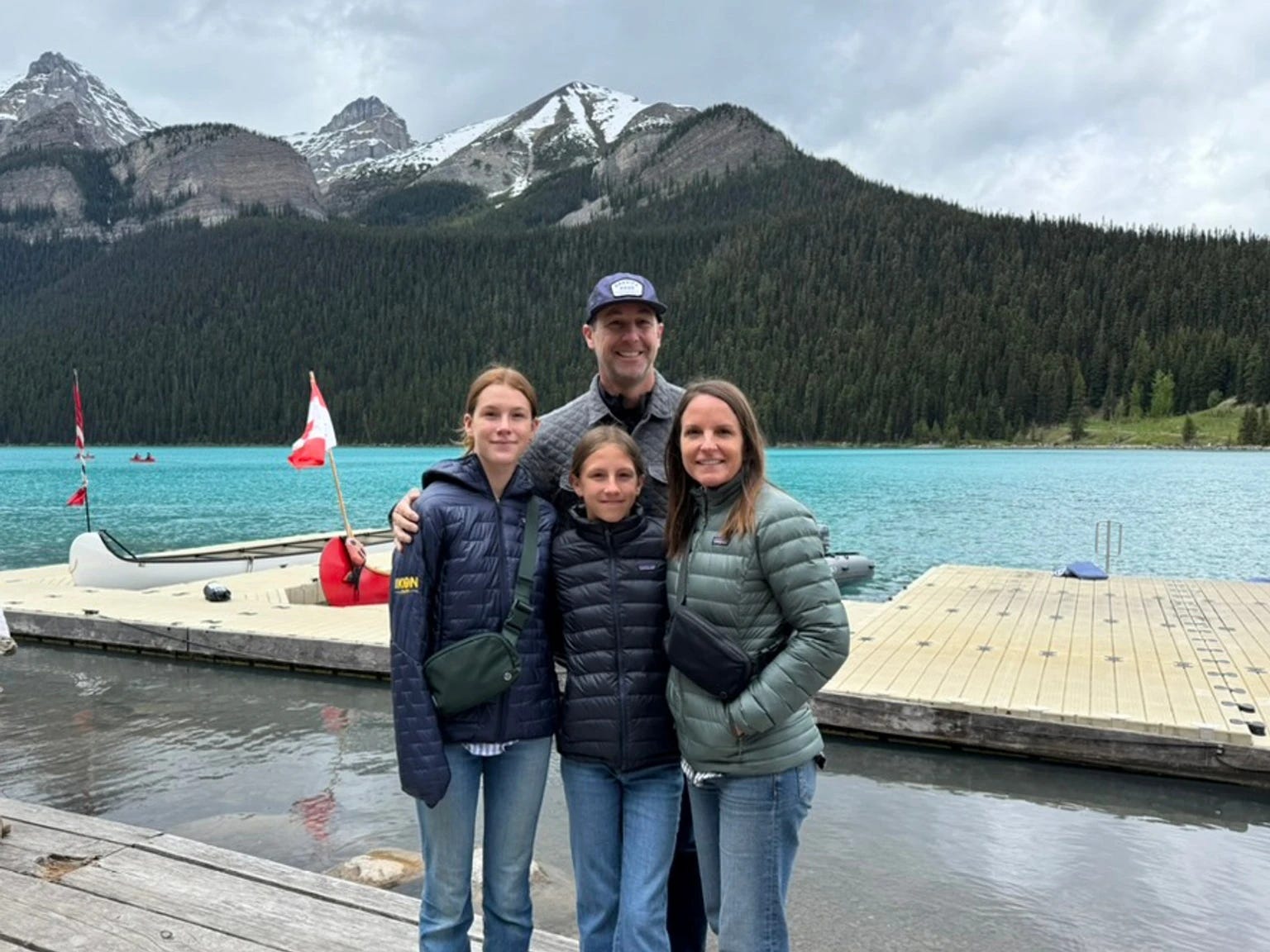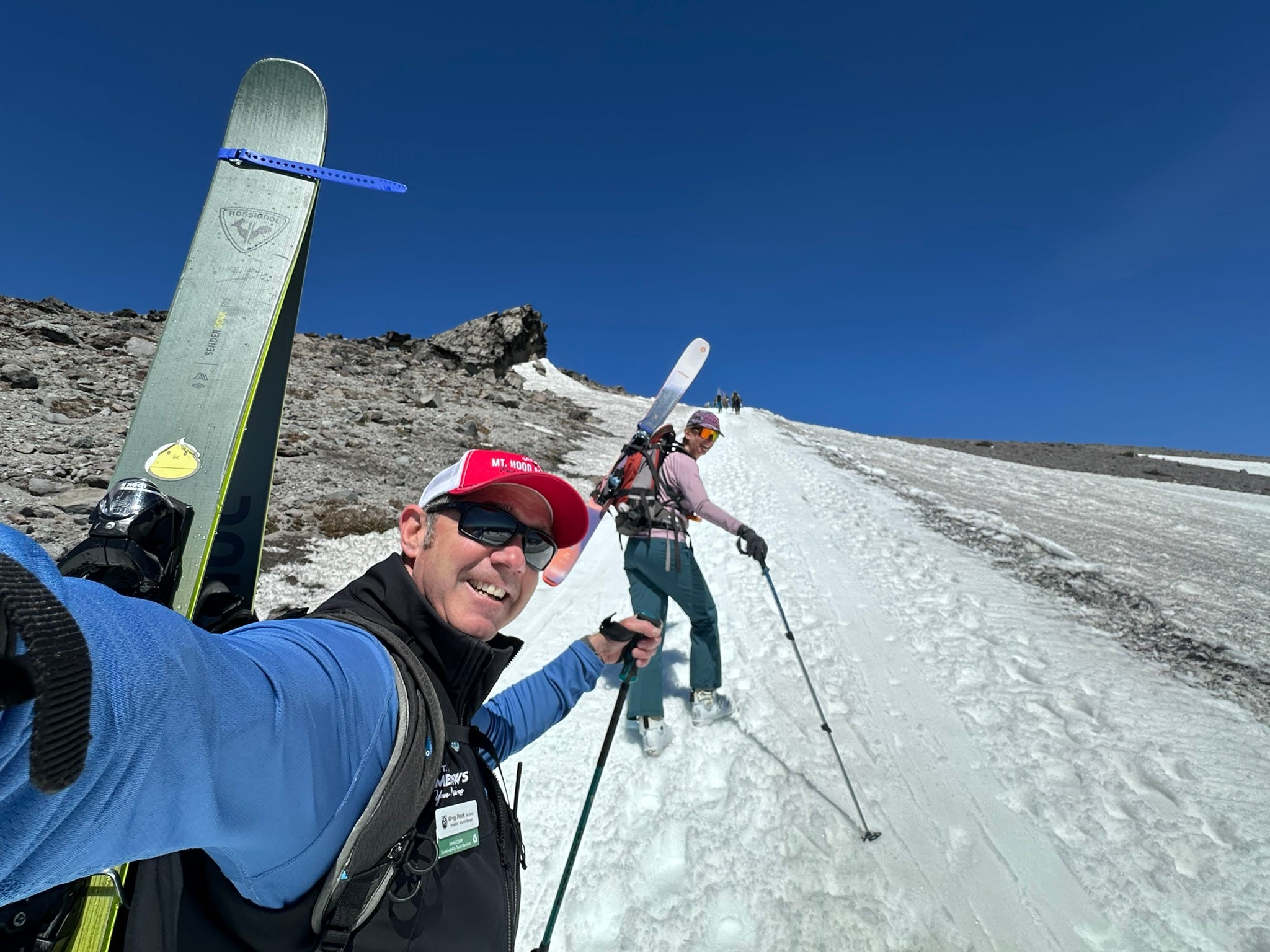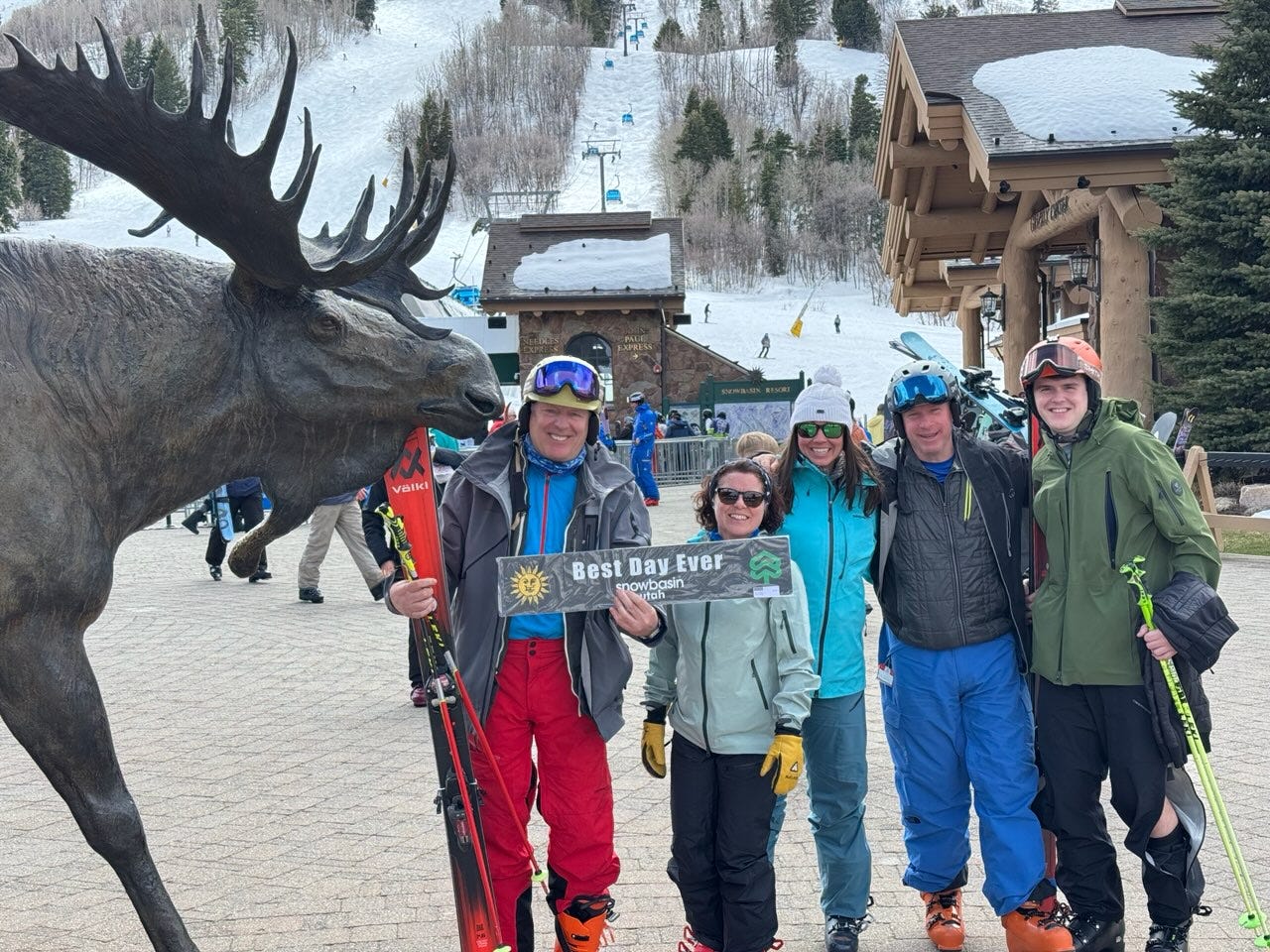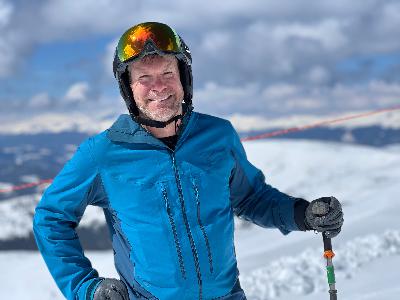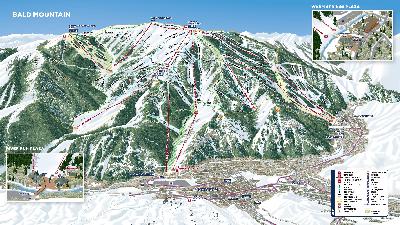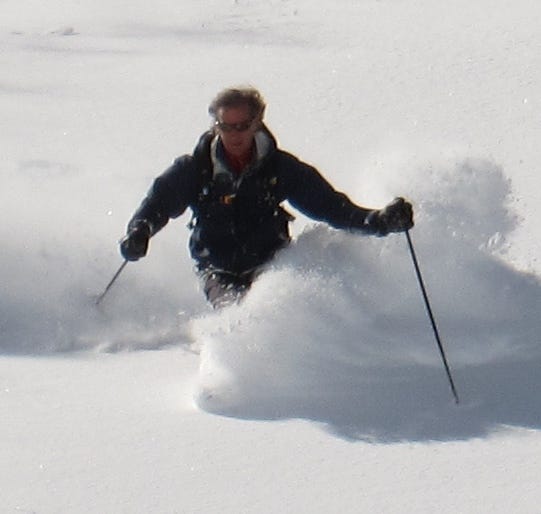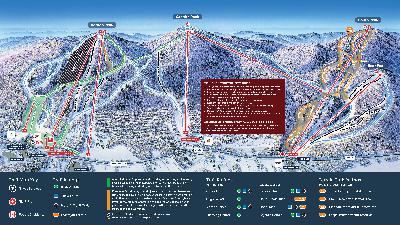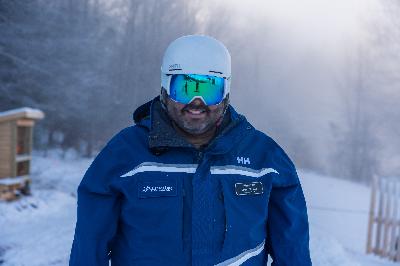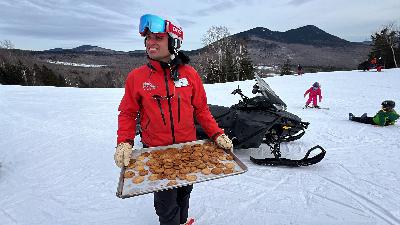Podcast #202: Jiminy Peak GM & Fairbank Group CEO Tyler Fairbank
Description
The Storm Skiing Journal and Podcast is a reader-supported publication. To receive new posts and to support independent ski journalism, please consider becoming a free or paid subscriber.
Who
Tyler Fairbank, General Manager of Jiminy Peak, Massachusetts and CEO of Fairbank Group
Recorded on
February 10, 2025 and March 7, 2025
About Fairbank Group
From their website:
The Fairbank Group is driven to build things to last – not only our businesses but the relationships and partnerships that stand behind them. Since 2008, we have been expanding our eclectic portfolio of businesses. This portfolio includes three resorts—Jiminy Peak Mountain Resort, Cranmore Mountain Resort, and Bromley Mountain Ski Resort—and real estate development at all three resorts, in addition to a renewable energy development company, EOS Ventures, and a technology company, Snowgun Technology.
About Jiminy Peak
Click here for a mountain stats overview
Owned by: Fairbank Group, which also owns Cranmore and operates Bromley (see breakdowns below)
Located in: Hancock, Massachusetts
Year founded: 1948
Pass affiliations:
* Ikon Pass: 2 days, with blackouts
* Uphill New England
Closest neighboring ski areas: Bousquet (:27), Catamount (:49), Butternut (:51), Otis Ridge (:54), Berkshire East (:58), Willard (1:02 )
Base elevation: 1,230 feet
Summit elevation: 2,380 feet
Vertical drop: 1,150 feet
Skiable acres: 167.4
Average annual snowfall: 100 inches
Trail count: 42
Lift count: 9 (1 six-pack, 2 fixed-grip quads, 3 triples, 1 double, 2 carpets – view Lift Blog’s inventory of Jiminy Peak’s lift fleet)
About Cranmore
Click here for a mountain stats overview
Owned by: The Fairbank Group
Located in: North Conway, New Hampshire
Year founded: 1937
Pass affiliations:
* Ikon Pass: 2 days, with blackouts
* Uphill New England
Closest neighboring ski areas: Attitash (:16), Black Mountain (:18), King Pine (:28), Wildcat (:28), Pleasant Mountain (:33), Bretton Woods (:42)
Base elevation: 800 feet
Summit elevation: 2,000 feet
Vertical drop: 1,200 feet
Skiable Acres: 170
Average annual snowfall: 80 inches
Trail count: 56 (15 most difficult, 25 intermediate, 16 easier)
Lift count: 7 (1 high-speed quad, 1 fixed-grip quad, 2 triples, 1 double, 2 carpets – view Lift Blog’s inventory of Cranmore’s lift fleet)
About Bromley
Click here for a mountain stats overview
Owned by: The estate of Joseph O'Donnell
Operated by: The Fairbank Group
Pass affiliations: Uphill New England
Located in: Peru, Vermont
Closest neighboring ski areas: Magic Mountain (14 minutes), Stratton (19 minutes)
Base elevation: 1,950 feet
Summit elevation: 3,284 feet
Vertical drop: 1,334 feet
Skiable Acres: 300
Average annual snowfall: 145 inches
Trail count: 47 (31% black, 37% intermediate, 32% beginner)
Lift count: 9 (1 high-speed quad, 1 fixed-grip quad, 4 doubles, 1 T-bar, 2 carpets - view Lift Blog’s of inventory of Bromley’s lift fleet)
Why I interviewed him
I don’t particularly enjoy riding six-passenger chairlifts. Too many people, up to five of whom are not me. Lacking a competent queue-management squad, chairs rise in loads of twos and threes above swarming lift mazes. If you’re skiing the West, lowering the bar is practically an act of war. It’s all so tedious. Given the option – Hunter, Winter Park, Camelback – I’ll hop the parallel two-seater just to avoid the drama.
I don’t like six-packs, but I sure am impressed by them. Sixers are the chairlift equivalent of a two-story Escalade, or a house with its own private Taco Bell, or a 14-lane expressway. Like damn there’s some cash floating around this joint.
Sixers are common these days: America is home to 107 of them. But that wasn’t always so. Thirty-two of these lifts came online in just the past three years. Boyne Mountain, Michigan built the first American six-pack in 1992, and for three years, it was the only such lift in the nation (and don’t think they didn’t spend every second reminding us of it). The next sixer rose at Stratton, in 1995, but 18 of the next 19 were built in the West. In 2000, Jiminy Peak demolished a Riblet double and dropped the Berkshire Express in its place.
For 26 years, Jiminy Peak has owned the only sixer in the State of Massachusetts (Wachusett will build the second this summer). Even as they multiply, the six-pack remains a potent small-mountain status symbol: Vail owns 31 or them, Alterra 30. Only 10 independents spin one. Sixers are expensive to build, expensive to maintain, difficult to manage. To build such a machine is to declare: we are different, we can handle this, this belongs here and so does your money.
Sixty years ago, Jiminy Peak was a rump among a hundred poking out of the Berkshires. It would have been impossible to tell, in 1965, which among these many would succeed. Plenty of good ski areas failed since. Jiminy is among the last mountains standing, a survival-of-the-fittest tale punctuated, at the turn of the century, by the erecting of a super lift that was impossible to look away from. That neighboring Brodie, taller and equal-ish in size to Jiminy, shuttered permanently two years later, after a 62-year run as a New England staple, was probably not a coincidence (yes, I’m aware that the Fairbanks themselves bought and closed Brodie). Jiminy had planted its 2,800-skier-per-hour flag on the block, and everyone noticed and no one could compete.
The Berkshire Express is not the only reason Jiminy Peak thrives in a 21st century New England ski scene defined by big companies, big passes, and big crowds. But it’s the best single emblem of a keep-moving philosophy that, over many decades, transformed a rust-bucket ski area into a glimmering ski resort. That meant snowmaking before snowmaking was cool, building places to stay on the mountain in a region of day-drivers, propping a wind turbine on the ridge to offset dependence on the energy grid.
Non-ski media are determined to describe America’s lift-served skiing evolution in terms of climate change, pointing to the shrinking number of ski areas since the era when any farmer with a backyard haystack and a spare tractor engine could run skiers uphill for a nickel. But this is a lazy narrative (America offers a lot more skiing now than it did 30 years ago). Most American ski areas – perhaps none – have failed explicitly because of climate change. At least not yet. Most failed because running a ski area is hard and most people are bad at it. Jiminy, once surrounded by competitors, now stands alone. Why? That’s what the world needs to understand.
What we talked about
The impact of Cranmore’s new Fairbank Lodge; analyzing Jiminy’s village-building past to consider Cranmore’s future; Bromley post-Joe O’Donnell (RIP); Joe’s legacy – “just an incredible person, great guy”; taking the long view; growing up at Jiminy Peak in the wild 1970s; Brian Fairbank’s legacy building Jiminy Peak – with him, “anything is possible”; how Tyler ended up leading the company when he at one time had “no intention of coming back into the ski business”; growing Fairbank Group around Jiminy; surviving and recovering from a stroke – “I had this thing growing in me my entire life that I didn’t realize”; carrying on the family legacy; why Jiminy and Cranmore joined the Ikon Pass as two-day partners, and whether either mountain could join as full partners; why Bromley didn’t join Ikon; the importance of New York City to Jiminy Peak and Boston to Cranmore; why the ski areas won’t be direct-to-lift with Ikon right away; are the Fairbank resorts for sale?; would Fairbank buy more?; the competitive advantage of on-mountain lodging; potential Jiminy lift upgrades; why the Berkshire Express sixer doesn’t need an upgrade of the sort that Cranmore and Bromley’s high-speed quads received; why Jiminy ru


